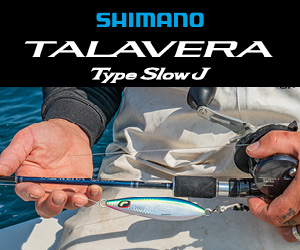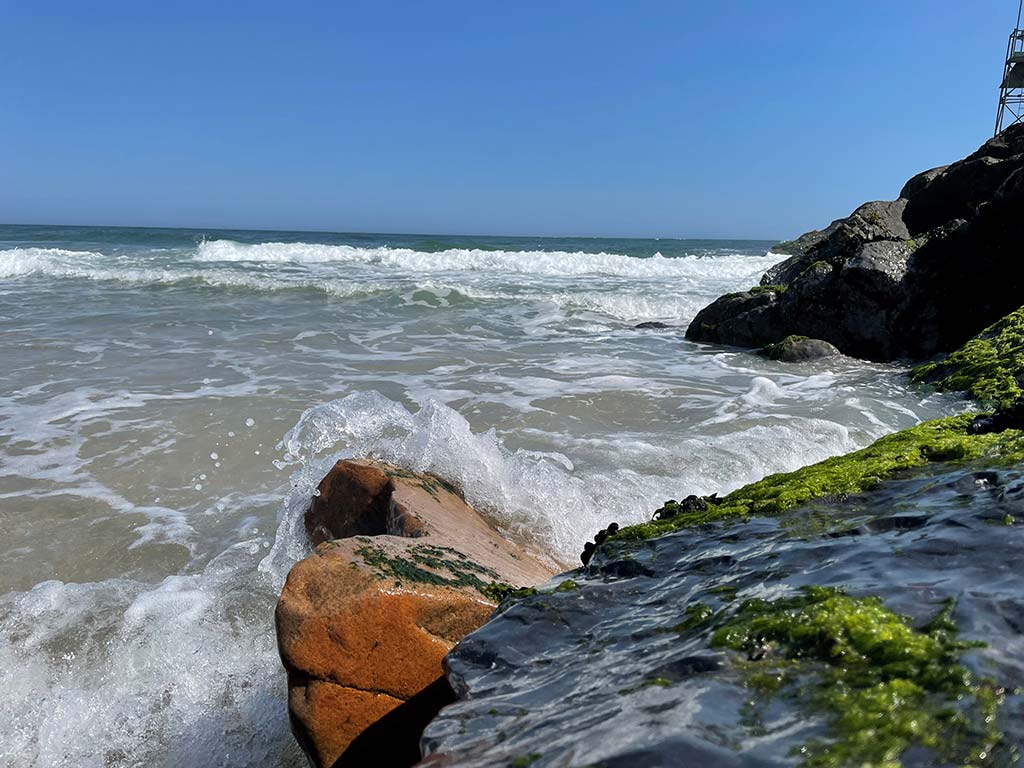
The jetty action around Long Island can be a great place to wet a line.
From Rockaway Inlet to Shinnecock Inlet, Long Island is blessed with some of the finest jetties on the East Coast. Although the jetties are needed to reinforce the navigational highways to the interior bays, they also play host to some fine bottom bouncing throughout the year.
From late May throughout the fall, anglers can find the likes of triggerfish, snappers, porgies, sea bass, fluke, blackfish, and some not-so-bottom dwellers in stripers and blues. And, at times, the action can be fast-paced. Let’s take a look at what you can find and how to approach the action.
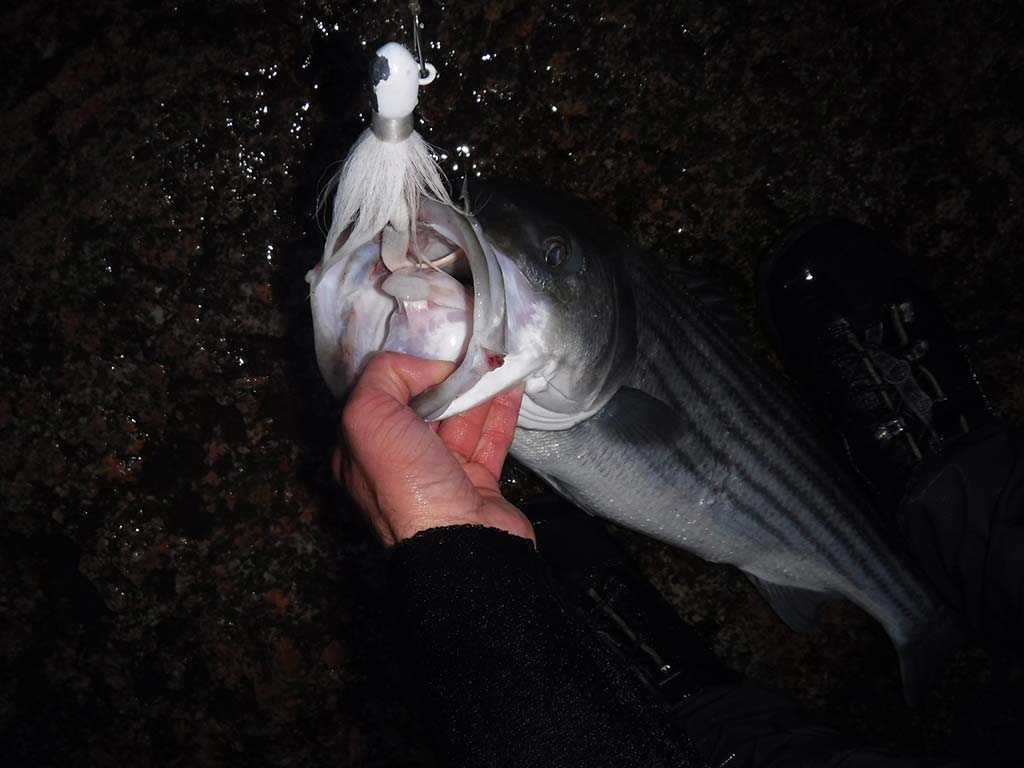
Tide Is Key
For the most part, the “current” rather than the “tide” will be the critical factor to your success. Try fishing the bottom for anything at the mid-current stage and you might as well just throw tackle from the jetty without even tying it to your rod because that is how many rigs you will lose.
The best stages will be one hour before the current ends until about 1-1/2 hours after it begins to push. During moon tides, the window shortens considerably but at the same time, the fishing can be considerably better. Plan your windows carefully.
Every inlet varies, so make sure when gauging your trip, you are looking at the “current” phase as opposed to high and low tide. Current is the horizontal movement of water — hence into the bay or exiting towards the ocean. Tide is the vertical movement of water, hence in simple layman’s terms, is the water rising or falling.
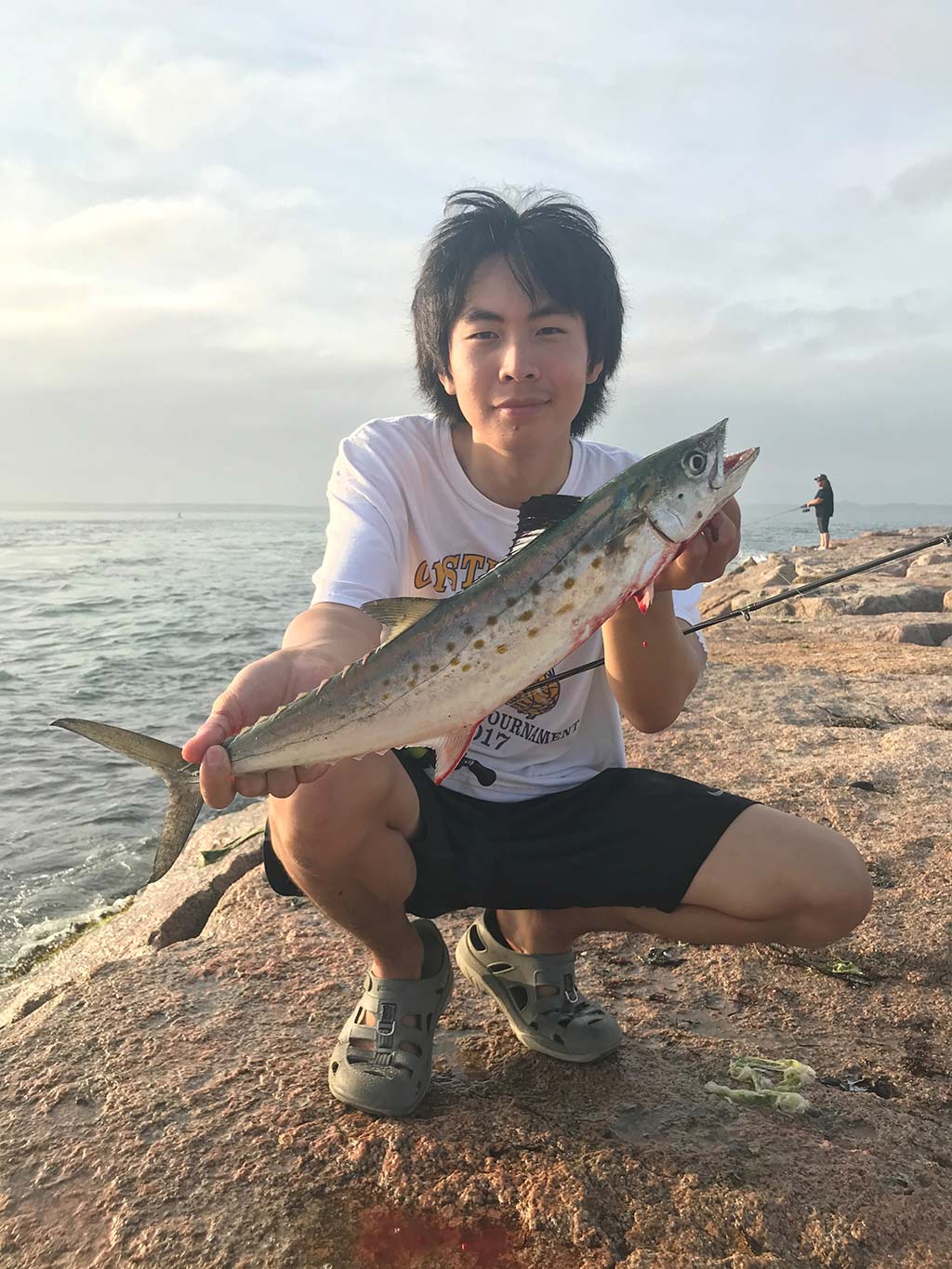
Pick And Gear Up
When I fish the jetty for bottom fish, I always prepare to fish for whatever could be present, rather than trying to hone in on one species. If you keep your mind open, chances are you will have a successful outing.
Jetties can also be very dangerous areas to fish, depending on weather conditions. For safety purposes, waders with a good top and belt clinched tight could make the difference if you are swept into the water. Korkers will aid in traction on slippery rocks. During warm summer days, using studded wading boots with neoprene socks or using studded wading boots or a regular boot with Korkers strapped to them is the way to go. I also encourage anglers to use the buddy system, and always have someone there just in case of emergency. Remember safety is the top priority when fishing the jetty.
As the month’s pass, the jetties load up with life. Anglers can easily find porgies, sea bass, fluke, triggerfish, bass, and blues on virtually any trip. The key is knowing what to use for each specific species. For example, when chasing porgies you will need some clams, whereas sea bass can’t resist strips of squid or a jig tipped with Gulp. Fluke, which are quite common, will want a squid strip, bluefish fillet or bucktail tipped with a local spearing, Gulp, or Fishbite. Triggerfish will readily take clams or crabs if they are present. You don’t know what will come up at times off the rocks.
Although bait is the key, the rig is equally as important. Specific rigs are made for specific fish. If you are looking for porgies, a size 4 or 6 beak style will work fine. Sea bass is a different beast, with a much larger mouth, so I use a 1/0 Gamakatsu Octopus. If you are looking for fluke, use a 3/0 or 4/0 wide gap. Triggerfish will take the same size hook as a porgy but they are known for snapping hooks so one way to counteract that is to use a small live bait hook which is constructed of a thicker gauge metal. For rigs, the KISS (Keep It Simple Stupid) thinking should be your goal. You do not need to set up a rig with two to three hooks. I like to fish a single hook to minimize snags. For porgies, triggerfish, and sea bass, I like the hook about 6 inches above the sinker. For fluke, I use a fish-finder rig or egg sinker to a 20- to 30-inch leader for the hook. Add a colored skirt above the hook and that gets really the fluke biting. Another option when targeting, triggerfish or sea bass is a jig. Blackfish jigs will work great on these two, especially if the current is at its slowest, and you can work the jig. If you are looking for the non-bottom-dwelling bluefish and striper, clams, bunker chunks, or artificial lures in the way of bucktails or tins are your best bet.
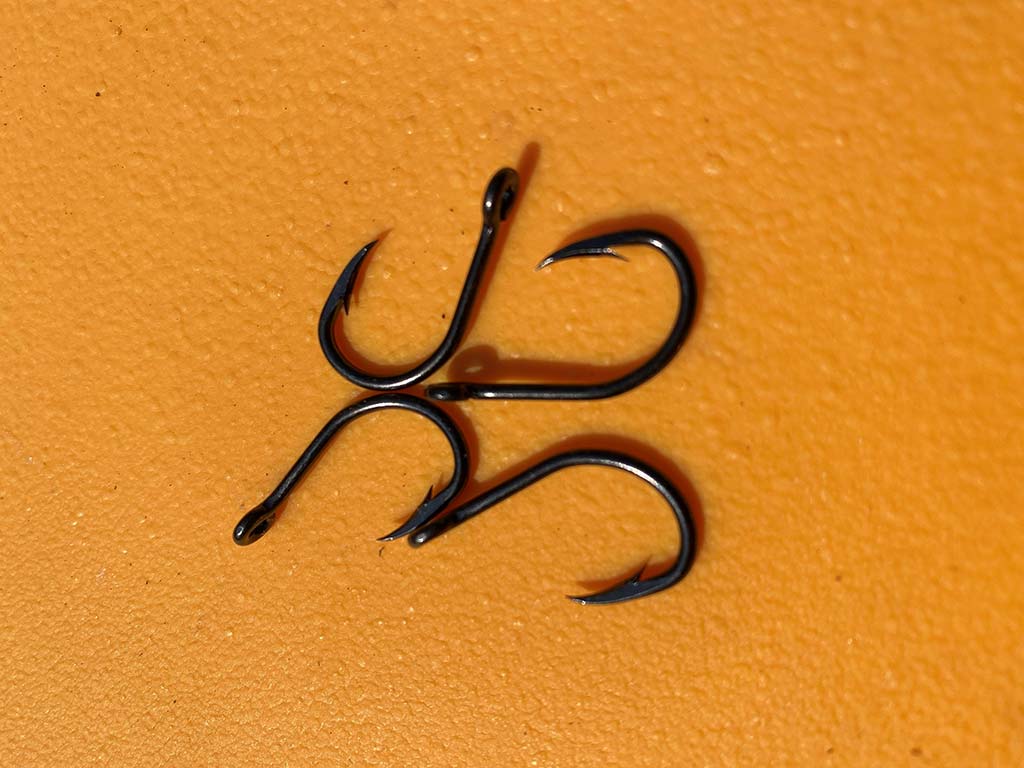
Rod And Reel
For jetty fishing, the right rod and reel are as crucial as the bait and tackle. For me, if I am targeting porgies or sea bass I like a 7- to 8-foot baitcasting set up in the 10- to 17-pound class matched to an Abu 6500C. For line, I use 20-pound braid and a fluorocarbon leader in 30-pound test. The shorter 7-footer makes casting easy and accurate as long casts are not needed. If you move up to triggerfish, you need a rod with some more backbone, and length. An 8- to 9-foot rod rated for 15 to 30 is best. I’ll spool this with 30-pound braid and go with 40-pound fluoro leader. The slightly longer rod will allow you to fish a little deeper and away from the jetty, but still offers accuracy as to where you want your bait. The lifting power will aid in hefty triggers.
– Rockaway Inlet
– East Rockaway Inlet
– Jones Inlet
– Fire Island Island Inlet
– Moriches Inlet
– Shinnecock Inlet
For bass and blues, a good surf spinning stick is the way to go. Some anglers prefer 10-foot rods, but for me, an 11-foot stick rated for 17- to 40-pounds is the way to go. On the reel end, the old stand-by Penn 704Z will put you in the game at a fairly low price tag. If you want to spend a few more bucks, look at the Tsunami Shield or the higher end Penn, Shimano, Van Staal, or ZeeBaas. For line, I use 30-pound braid and 50-pound Ande mono leader.
The jetties around Long Island are great places to wet a line. Most are easily accessible with or without four-wheel drive, and offer ample room to spread your wings and fish alone, or with a few buddies. This year, hit the jetties for a mixed bag of action.
